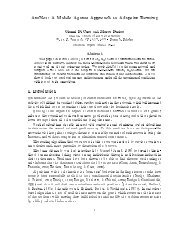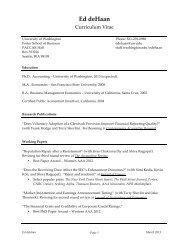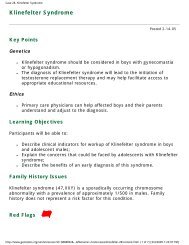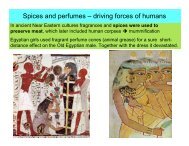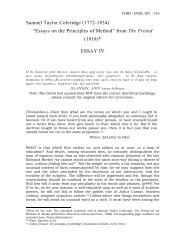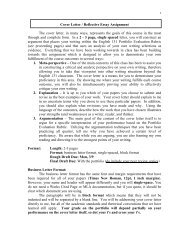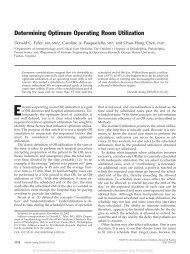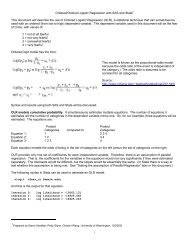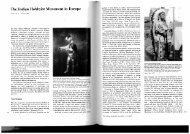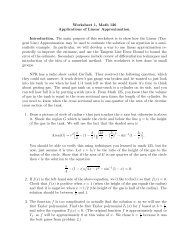The Lasting Presence of Gerard's Herball
The Lasting Presence of Gerard's Herball
The Lasting Presence of Gerard's Herball
You also want an ePaper? Increase the reach of your titles
YUMPU automatically turns print PDFs into web optimized ePapers that Google loves.
(apothecaries); Gerard was a member <strong>of</strong> the Barber-Surgeons’ Company for much <strong>of</strong> his<br />
life. Rohde (1971) notes that we know little <strong>of</strong> the details <strong>of</strong> his life, but she and others<br />
point to his knowledge <strong>of</strong> plants and his gardening skill. He served as head gardener for<br />
Sir William Cecil Knight, Baron <strong>of</strong> Burghley, for many years, and was probably a well-<br />
known plant expert by the end <strong>of</strong> his life. He had his own garden in Holborn for twenty<br />
years, publishing a catalogue <strong>of</strong> his plants in 1596 (Rohde, 1971). This catalogue is one<br />
<strong>of</strong> the first known published lists <strong>of</strong> the plants in a single garden (Gunther, 1922).<br />
John Norton published the first edition <strong>of</strong> Gerard’s <strong>Herball</strong> in 1597. Norton<br />
commissioned a Dr. Priest to translate Dodoens’ herbal, Pemptades, from Latin into<br />
English, but unfortunately, Priest died before the translation was complete. Gerard<br />
picked up the project and finished with the help <strong>of</strong> Mathias de l’Obel, who was<br />
apparently more pr<strong>of</strong>icient in Latin. L’Obel corrected numerous mistakes—Gerard<br />
frequently mismatched the woodcut illustrations and botanical descriptions. <strong>The</strong>se<br />
efforts to complete Priest’s translation <strong>of</strong> Dodoens’ work are the source <strong>of</strong> much <strong>of</strong> the<br />
criticism <strong>of</strong> Gerard. He is accused <strong>of</strong> plagiarizing Priest (he gives Priest no credit in the<br />
introductory passages <strong>of</strong> the <strong>Herball</strong>). He is further criticized, rightly or wrongly, for<br />
lacking the requisite botanical knowledge to undertake the task <strong>of</strong> translation in the first<br />
place (Arber, 1953).<br />
According to Martyn Rix (1990, p.43), the 1597 edition <strong>of</strong> the <strong>Herball</strong> was a financial<br />
success. Perusing Arber’s Appendix I—a list <strong>of</strong> herbals and related botanical works<br />
published between 1470 and 1670—one can see that no English botanical works were<br />
published between 1597 and 1629, when John Parkinson’s Paradisi was printed. Perhaps<br />
the publication <strong>of</strong> a competing work prompted Thomas Johnson, a London apothecary<br />
4



